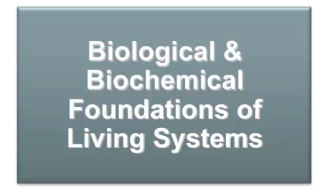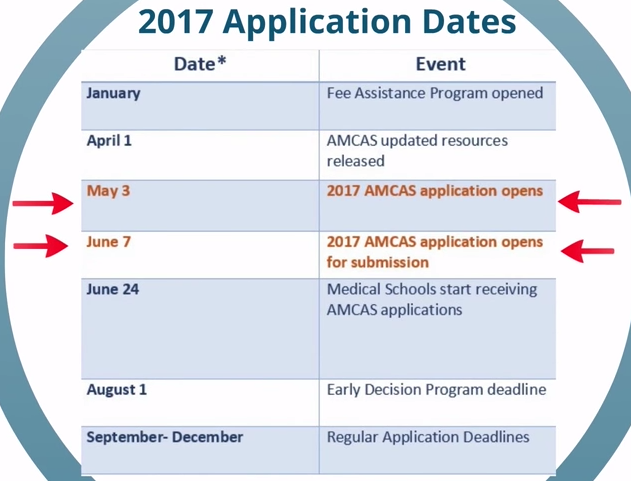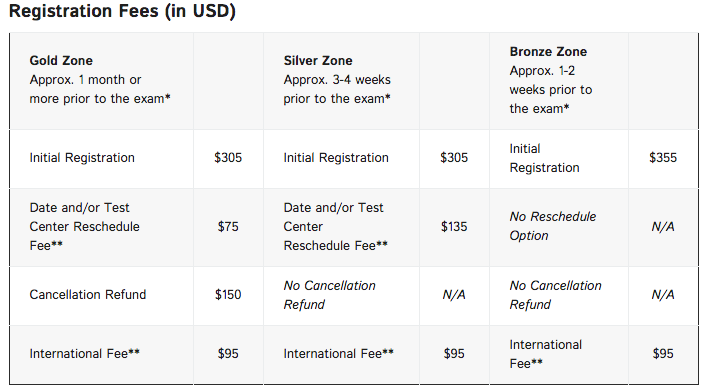The time has come for the entering class of 2018 med school hopefuls to APPLY!
As of May 2nd the American Medical College Application Service aka the AMCAS 2018 is OPEN! It’s the BIG one. This application is massive and meticulous so get on it ASAP.
With the exception of the schools in Texas, the AMCAS is the application used for nearly all med schools in the U.S. The Texas programs use the Texas Medical & Dental School Application Service aka the TMDSAS, which also opened this month. Either way, it’s time to start applying!
Getting Started
Firstly, here is the full AMCAS 2018 Instruction Manuel to read.
The AMCAS is long and complicated; make your life easier and actually do read the thing. All the information you can ever want can be found there and at the very comprehensive AMCAS website here.
The application fee for the submitting your AMCAS 2018 is $160 (that includes one medical school designation) and additional medical school designations: $39 each. Keep in mind there is the Fee Assistance Program and if you qualified to use it when registering for the MCAT you probably qualify here too!
You’ll use your AAMC username and password to login, save, edit, and submit your AMCAS. This is the same login info from registering for the MCAT and Fee Assistance Program. If you are completely new to the AAMC website you can register here.
The 9 sections of the AMCAS 2018 to complete:
o Sections 1-3: Your Background Information
This is the standard personal and biographical information.
o Section 4: Course Work
Even the AAMC admits, “The Course Work section is often reported as the most difficult section to complete.” Here you take a copy of your transcripts to enter detailed information regarding every single course in which you enrolled at any college you attended.
o Section 5: Work and Activities
This is where you enter any work experience or extracurricular activities, awards, honors, or publications that you would like to show off to the admission committees. A maximum of 15 experiences may be entered and 3 entries can be designated as your “most meaningful” experiences. Really it’s quality > quantity, so don’t go crazy here.
o Section 6: Letters of Evaluation
Here you will enter the information regarding your letter of recommendation writers. Up to 10 letter entries may be created but keep in mind individual programs don’t need/want 10 letters!
o Section 7: Medical Schools
This is where you will select the schools to which you will apply. It is also where you can designate the schools you wish to receive specific letters of evaluation.
o Section 8: Essays
Here’s the big bad essay section where you explain why you wish to attend medical school and address any pertinent information not included elsewhere in the application. This is the place in your application where you can make a case for yourself in your own words! Remember: PROOFREAD! There is no spellcheck in the AMCAS and also keep in mind no bold or italics will show.
o Section 9: Standardized Tests
This is where you any test information goes i.e. MCAT scores/ future MCAT test dates and even GRE score if you got some.
Feeling stressed? Check out some advice AAMC has to give on Application Anxiety!
Well there it is folks, MCAT Cracker‘s application breakdown. So until next time…
Happy Applying. 🙂








